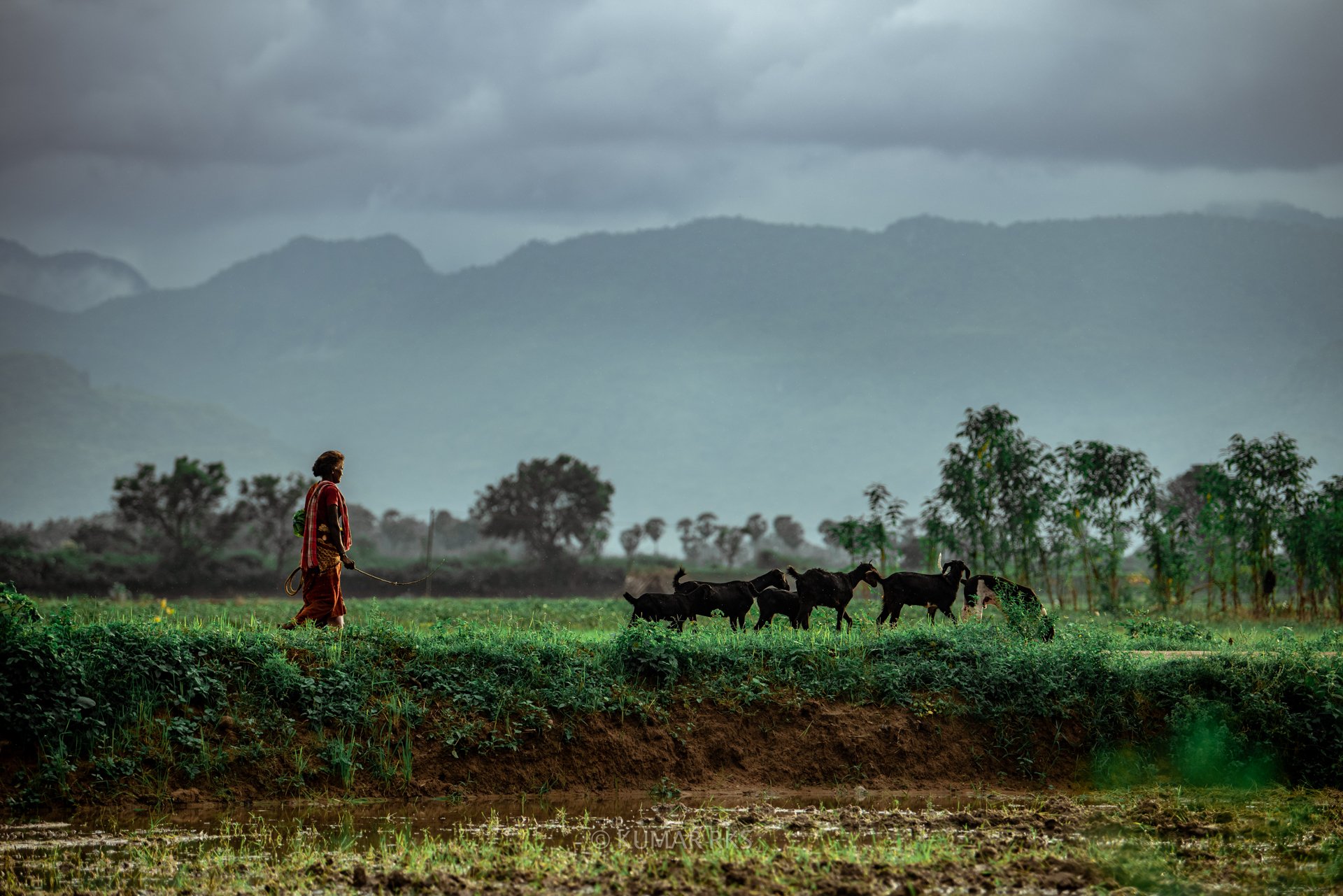
Stories
Welcome to the stories page of Southern Journeys, where we unravel the narratives that make each journey a unique chapter in the book of exploration.
Narmada (timeless)
Some myths shouldn’t be debunked…
A heady mix of Shiva’s sweat and Brahma’s tears, yet considered so pure that when the river Goddess Ganga feels polluted, from the dips of her devotees, she turns herself into a black cow and cleanses herself in Narmada’s waters.
Flowing westerly and worshipped by the locals for nourishing their lands, protecting their villages and healing snake bites, she shapes the destinies of the people that inhabit the lands through which she meanders and finally drains into the Arabian Sea.
Asoka (3rd Century, BCE)
An Enlightened King…
A lone star that outshines every other monarch who ruled India, Ashoka is India’s greatest Emperor - whose conversion to Buddhism ensured its propagation in India, Sri Lanka and beyond.
The Emblem of the Republic of India is an adaptation of the “Lion Capital” of Ashoka and the Ashokan edicts are inscriptions that describe his views of Dharma (duty) and adherence to Buddhist philosophy.
Rajaraja I (10th-11th century)
Destiny reinstates order…
The Cholas came to power in the 9th century when they defeated the Pallavas near present-day Madras. They are remembered as one of the longest-ruling dynasties in Southern India and their rule stretched for over five hundred years until the 13th century.
Raja Raja Chola I (985–1014) efficiently administered the Chola kingdom and turned it into a great empire, expanding territory deep into South Asia, Sri Lanka and up to Orissa. In 1010, he built the Brihadisvara Temple in Thanjavur dedicated to Lord Shiva.
The Chola reign sparked the onset of a new culture and art flourished like never before. The temples and literature of this time still serve as testimony to this ecstatic period of history.
The Zamorin (1124-1806 CE)
Holding on to their inheritance…
The Zamorins, feudal monarchs of Kozhikode (Calicut), ruled large parts of the Malabar Coast for nearly five hundred years. They were a constant thorn in the flesh of the Portuguese flag planter, Vasco da Gama, whose quest for controlling the spice trade was thwarted by the seafaring naval chiefs of Calicut.
While he managed to open a direct trade route to Europe by displacing the century-old Muslim traders, his success was short-lived as the Dutch superseded the Portuguese. Haider Ali, the ruler of Mysore, absorbed Calicut into his dominion. The end came when the British defeated Tipu Sultan, reducing the Zamorin to a pensioner of the East India Company.
Krishnadevaraya (1509 - 1529 CE)
A Sultan among Hindu kings…
Vijayanagara, a city like no other, earned praise from foreign visitors like Persia's Abdur Razzaq Samarquandi in 1443 and Portuguese traveler Domingo Paes in 1520. Under the rule of Krishnadevaraya, who ascended the throne in 1509, the city flourished. Krishnadevaraya's visionary leadership transformed Vijayanagara's architecture, with remarkable additions to the Virupaksha and Vitthala temples. However, the kingdom's decline began after his reign, and it met its demise in 1565 following a significant defeat.
Raja Ravi Varma (Late 1800s)
From royalty to mythology…
Ravi Verma, born into an artistic aristocratic family and supported by the Maharaja of Travancore, gained acclaim not through political power, but with his remarkable paintbrush. His distinctive style, blending the classical Tamil and European schools of painting, left an indelible mark. Renowned for his depictions of mythological scenes from epics like the Ramayana and lithographs of Indian goddesses, Ravi Verma's art became a cornerstone of India's distinctive pop culture.
Mir Osman Ali Khan (1911-1948)
The Last Nizam…
Osman Ali Khan Asaf Jah VII, once considered the world's wealthiest individual during India's independence, hailed from a dynasty of Nizams ruling a state as large as Italy with an economy the size of Belgium. However, political turmoil and family disputes tarnished this illustrious legacy. The current titular Nizam, Mukkaram Jah, and his former wife, Princess Esra from Turkey, took it upon themselves to restore the two remaining palaces.
Boi Sundaramma (2004)
From barren to beautiful…
After her husband's passing and facing the responsibility of raising six children, she found newfound strength through training from the Naandi Foundation. Transitioning from farm labor to coffee farming, she not only survived but also thrived, much like the Araku Valley where she resides.
In this tribal community, coffee farming is a way of life, intricately tied to cosmic calendars, with each family carefully managing one acre of land. Their dedication has resulted in coffee that has become a favorite among the urban-chic in Paris. The Araku Valley's coffee plantation is the largest in the country, boasting organic certification and a fair trade commitment.
Krithika Subhramanian (2020)
For some, sky really is the limit…
Krithika, a skilled classical dancer and architect, ingeniously transformed a 150-year-old heritage home into a chic hotel. Through meticulous restoration, she seamlessly integrated the seven heritage rooms with a contemporary extension. The hotel boasts an array of art forms, including paintings, sculptures, and murals, as well as a Veena-making workshop, Thanjavur painting ateliers, the renowned Tanjore dolls, and proximity to the Brihadeeswara temple. A stay here promises a unique and unforgettable experience.









